We were a week out from Brexit when the bus crossed the border. Everything was green, and everything was grey, and so it was on the other side too. The policemen boarded to check our credentials and it became apparent why people were worried about the Irish border reverting to ‘the old ways’ after Brexit. It used to be all soldiers and smugglers and trouble and troubles, but when the police came to me, I said, “G’day” and held up an Irish passport that in no way matched my Australian accent. The police thanked me without checking the photo. “Cheers,” I said before moving on.
They moved onto the girl in front of me—a Russian girl, who held up her credit card as identification. It had names and words that nobody could read or pronounce. Still, the police thanked her and moved on. I thought to myself, Are bribes cashless now? Have I missed something?
It didn’t matter because the bribe worked and we were away. We were heading south to Dublin, then west to the Atlantic Coast. A trip across Ireland means a front-row seat to the physical manifestation of whatever gods there are. It means the greenest grass and crumbling walls and springtime lambs that are old enough to explore the paddock, but too young to realize they’ll never get any further. It means traveling through towns with more pubs than people—towns like Ballindooley and Corrandulla—and it means stopping in Galway. It means strolling the Salt Hill Prom in search of a Galway Girl and finding nothing but Americans.
In fact, you only know you’ve made it to the real Ireland when Americans surround you. They’re dressed in tweed hats and green shirts and they’re shouting across bars and saying things like, “Ahh, Guinness, it just tastes better here!” They’re explaining that New York City is between Ireland and Kansas—like anyone actually gives a shit where Kansas is because you’re not in it, Dorothy, or Doireann, or whatever your name is. Over 30 million Americans identify as Irish and, at any given moment, 90% of them can be found in a Galway pub.
A trip across Ireland means standing at the base of Croagh Patrick, Ireland’s holiest mountain, and being no-shit greeted by a vicar as he descends from his morning prayers. It’s where Saint Patrick fasted for 40 days before driving the snakes and demons off the Emerald Isle, and it was here that I hoped to do something similar. Not that I wanted to fast. Neither did I want to attack the nonexistent snake population. I suppose I was there for the same reasons as the Americans. I was Patrick—I still am—and I wanted to climb Patrick’s mountain. I wanted to honor my roots. I wanted to reach new heights and discover something familiar. I wanted to tap into some kind of ancestral wisdom. I wanted, at the very least, to get a nice picture for Instagram.
Though the climb wasn’t technical, it was slippery. It was wet, and it was bleak but walking to the shops was too. Towards the top, the trail twisted around the back of the mountain and turned into seemingly endless scree. The wind whipped across the green and brown fields to the east, a wind that pushed me up and down and sideways over boulders and pebbles and the occasional discarded glove. The gloves were waving at me, the gloves were saying: come home.
Trudge.
Trudge.
Trudge.
I trudged upwards and into the fog on a gradient of 60 degrees. It might’ve been 70 degrees, maybe even 90, I don’t know. When recounting the experience to some Americans later that night, I would tell them this: “It was straight-up, vertical, in a freaking blizzard, man. It was the real Ireland y’know?”
The pilgrims were praying and kneeling and walking barefoot while uttering seven Our Fathers and nineteen Hail Marys. The pilgrims were shot-gunning cans of Guinness between strained breaths and belting out Van Morrison as they cartwheeled towards a pot of gold at the rainbow’s end. The pilgrims were connecting with something bigger. The pilgrims were finding themselves, and I did too—geographically, at least—on top of Croagh Patrick.
I couldn’t see anything, and I could’ve been anywhere. I could’ve been everywhere as Saint Pat surely is, but a sign informed me that, yes, I was indeed on top of Ireland’s holiest mountain. Saint Pat managed 40 days on top as his demons tormented him in the form of blackbirds. While I endured a more manageable 20 minutes, my demons were rumbling deep inside my stomach; either an all-encompassing discontent or the onset of salmonella from the sweet-chili chicken wrap I had bought on special at the local petrol station. It wasn’t the feeling of enlightenment I had expected.
Pilgrims and people, the faithful and unfaithful, left offerings on the summit. They left rosary beads and prayers and a sodden pack of cigarettes. Menthols, I think. They had left a bright green comb and a matchbox car and photos of relatives who were dead and living and dying. I had little to give, and there was little to take. I left the summit and passed a young couple zig-zagging left and right, up the scree slope. The guy saw me and yelled in this pained American accent, “Man, how much further does this freaking thing go for?”
I realized that I was the first person to come back down the mountain that day. I realized that I was, for all intents and purposes, all-seeing and all-knowing. I was Saint Patrick himself, so I breathed deep and said something like, “Have patience, my child.”
I told them that the summit was just around the corner and worth the climb for the view. I floated down the mountain as they sweated and strained and swore their way towards the top. I passed more people, people who were climbing the mountain to be closer to God and to be further from their problems. I blessed them with my knowledge of the path—The Path—and I told these older British guys that it’s tough on the knees. They were arguing about Terry and whether he could make it and a few hundred meters later, I saw Terry, his lips and jacket zipped, his head down as he limped along the path to salvation.
Towards the bottom of the mountain, just after the first real incline, a guy was sitting on a boulder and he did not look happy about it. I said hello, and he said nothing. His partner struggled up the path behind him in tears. Again, I said hello. She said nothing, and she didn’t look happy about anything.
I thought, it’ll be a miracle if they make it to the summit.
Then I thought, it’ll be a miracle if they make it at all.
But little miracles are everywhere and I whispered, ‘You’ll be alright.’ And kept going. By the time I got to the bottom, they were walking together again, hand-in-hand, a little miracle making its way up a magical mountain.
A little miracle, like the clouds finally parting and revealing the peak and the glittering Atlantic expanse at the moment the couple made it to the top, maybe.
A little miracle, like five friends in their seventies still climbing mountains together.
A little miracle, like an American accent cutting through the fiddles and flutes in a packed rural pub to remind me that we’re there—that we’re here—for the same reason.
A little miracle, like not coming down with salmonella after eating a cheap chicken wrap.
A little miracle, like the real Ireland, y’know?




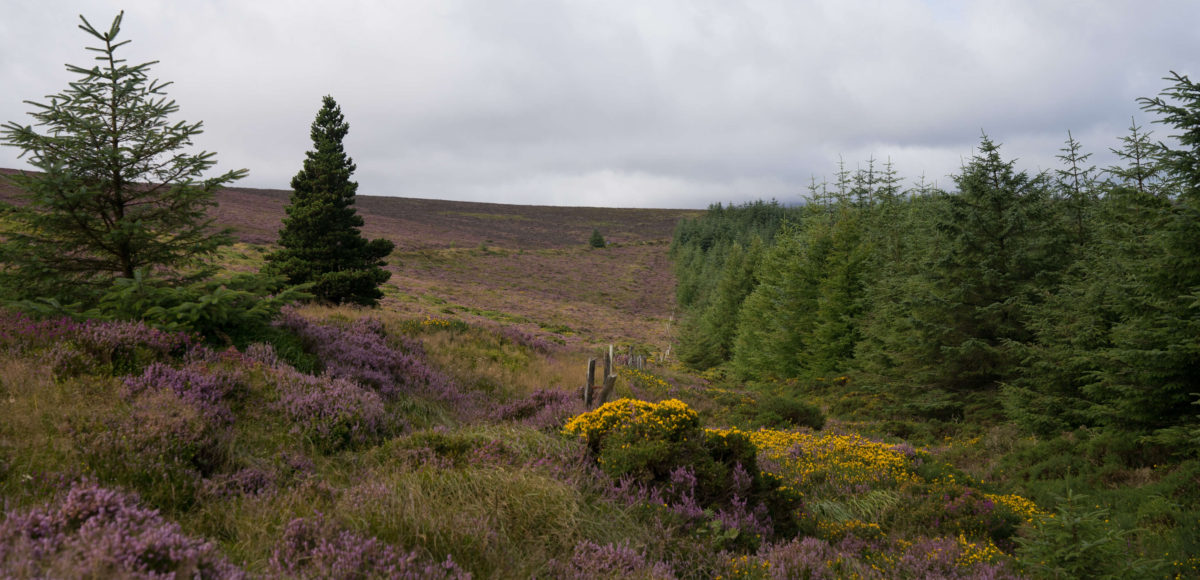
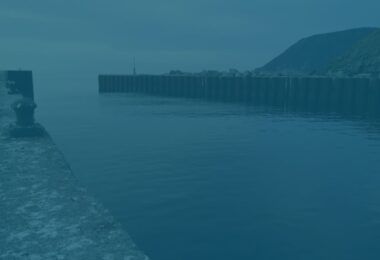
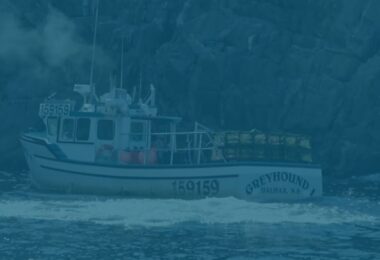
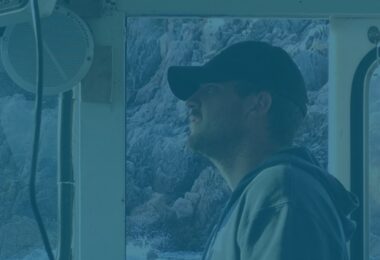
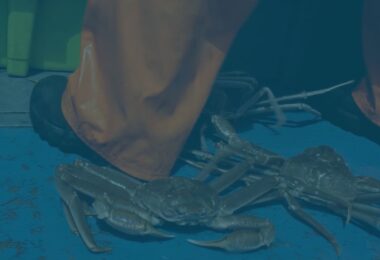

No comments